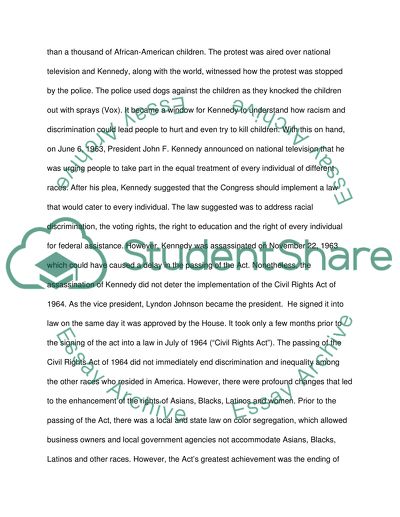Cite this document
(“Civil Rights Act Research Paper Example | Topics and Well Written Essays - 1750 words”, n.d.)
Civil Rights Act Research Paper Example | Topics and Well Written Essays - 1750 words. Retrieved from https://studentshare.org/history/1462366-civil-rights-act
Civil Rights Act Research Paper Example | Topics and Well Written Essays - 1750 words. Retrieved from https://studentshare.org/history/1462366-civil-rights-act
(Civil Rights Act Research Paper Example | Topics and Well Written Essays - 1750 Words)
Civil Rights Act Research Paper Example | Topics and Well Written Essays - 1750 Words. https://studentshare.org/history/1462366-civil-rights-act.
Civil Rights Act Research Paper Example | Topics and Well Written Essays - 1750 Words. https://studentshare.org/history/1462366-civil-rights-act.
“Civil Rights Act Research Paper Example | Topics and Well Written Essays - 1750 Words”, n.d. https://studentshare.org/history/1462366-civil-rights-act.


